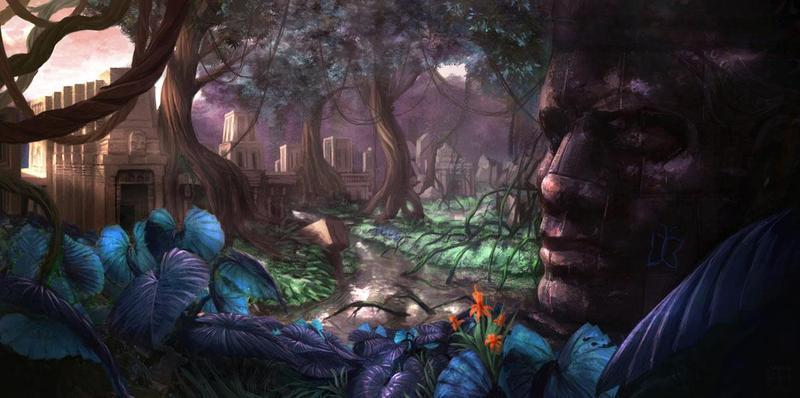Archaeologists Discovered ‘Lost City’ Deep In The Jungles of Honduras!
Archaeologists Discovered ‘Lost City’ Deep In The Jungles of Honduras!
Archaeologists searching for a lost city in the jungles of Honduras have discovered the urban remains of what they believe is a vanished ancient civilization, National Geographic reports.
A team of American and Honduran archaeologists, aided by the bushcraft and survival skills of former British SAS soldiers, has just emerged from one of the most remote locations on Earth with news of their stunning discovery.
The team was led to the remote, uninhabited region by long-standing rumors that it was the site of a storied “White City,” also referred to in legend as the “City of the Monkey God.”
National Geographic sent a writer and photographer accompanied by the team of scientists.
The expedition was launched after aerial light detection scanning — known as LIDAR — uncovered what appeared to be man-made structures below the rainforest, National Geographic said.
Writer Douglas Preston said the team emerged February25, after documenting the ruins of a “vanished culture.”
“In contrast to the nearby Maya, this vanished culture has been scarcely studied and it remains virtually unknown. Archaeologists don’t even have a name for it,” Douglas wrote. Archaeologists no longer believed in the existence of a single “White City,” he said, instead believing there had been an entire civilization with many cities.
The expedition found earth works, including an earthen pyramid as well as a collection of stone sculptures, thought to potentially have been burial offerings.
Archaeologist Oscar Neil Cruz from the Honduran Institute of Anthropology and History (IHAH) estimated they dated from A.D. 1000 to 1400, Douglas wrote.
The researchers were greeted by wildlife which appeared never before to have seen humans, wandering unafraid through their camp.
“This is clearly the most undisturbed rain forest in Central America. The importance of this place can’t be overestimated,” ethnobotanist Mark Plotkin told National Geographic.
IHAH director Virgilio Paredes Trapero told National Geographic that the forest and valley could disappear within eight years unless action was taken.
“The Honduran government is committed to protecting this area, but doesn’t have the money. We urgently need international support.”
via The Vintage News
Be the first to post a message!
